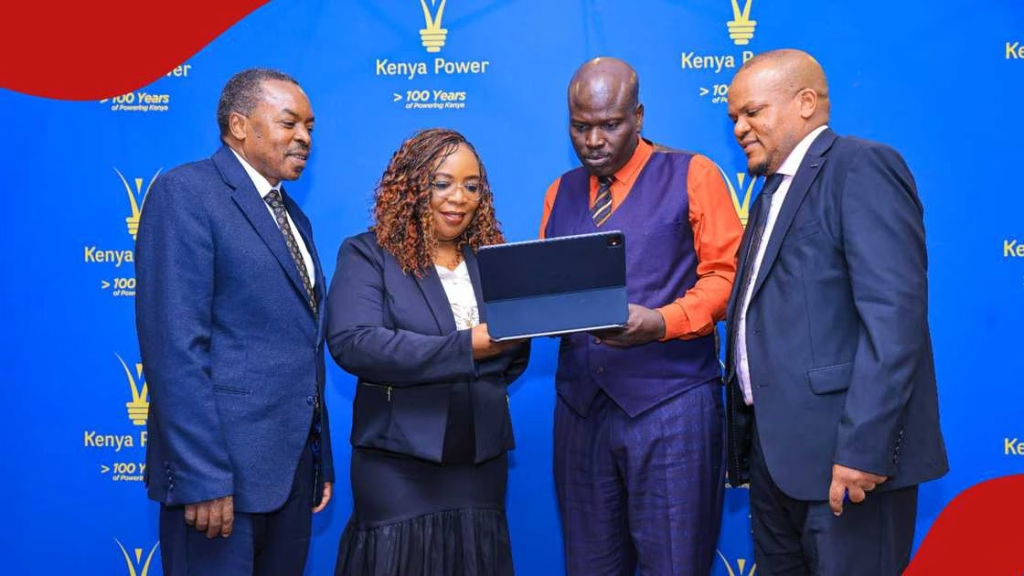In a testament to strategic resilience amid economic headwinds, Kenya Power and Lighting Company (KPLC) has announced a robust profit after tax of KShs.24.47 billion for the financial year ending June 30, 2025. This figure, while marking an 18.7% dip from the previous year’s KShs.30.08 billion, underscores the utility giant’s unwavering commitment to operational excellence and customer-centric innovation. As Kenya’s sole electricity distributor, KPLC’s performance not only stabilizes the power sector but also signals brighter prospects for economic development in East Africa’s powerhouse.
The numbers paint a picture of calculated progress. Total revenue stood at KShs.219.29 billion, a 5.1% decline from KShs.231.12 billion last year, primarily due to moderated tariff adjustments and reduced foreign exchange recoveries following the Kenyan shilling’s relative stability. Yet, beneath this surface moderation lies a story of growth: electricity unit sales surged by 887 GWh, driven by heightened customer uptake across residential, commercial, and industrial segments. Unit purchases rose by 787 GWh, reflecting sustained demand as more households and businesses connect to the grid. KPLC crossed a historic milestone, onboarding 401,848 new customers to surpass 10 million connections—a 4% year-on-year increase that highlights the company’s expanding footprint in underserved regions.
Efficiency has emerged as the unsung hero of this fiscal tale. Power purchase costs, often a thorn in the side of utilities, plummeted by KShs.5.94 billion, thanks to foreign exchange gains on dollar-denominated Power Purchase Agreements (PPAs). The shilling’s steadiness against major currencies cushioned the blow of imported energy dependencies, trimming the overall cost of sales by 4% to KShs.144.6 billion from KShs.150.6 billion. Operating expenses followed suit, dropping KShs.3.86 billion, fueled by lower expected credit losses and improved payment discipline among customers. Better macroeconomic conditions have fostered a culture of timely bill settlements, reducing bad debts and enhancing liquidity.

Profit before tax settled at KShs.35.38 billion, a notch down from KShs.43.67 billion, largely attributable to the absence of one-off forex windfalls from the prior year. Finance costs ticked up modestly to KShs.4.72 billion from a gain of KShs.863 million, but this was offset by prudent debt management and loan repayments. Shareholders’ equity ballooned 25% to KShs.109.34 billion, catapulting KPLC into Kenya’s elite KSh 100 billion equity club for the first time. Total assets swelled to KShs.389 billion, bolstered by KShs.29.6 billion invested in network modernization, including new substations, automation, and transmission upgrades—a 19% hike from last year’s KShs.24.9 billion outlay.KPLC’s leadership hailed these results as a validation of their transformation agenda. Managing Director and CEO Dr. (Eng.) Joseph Siror emphasized, “Our improved performance demonstrates the benefits of efficiency measures and tariff rationalization, positioning us to deliver reliable, affordable power.” Board Chairperson Joy Brenda Masinde echoed this optimism, noting the recommended final dividend of KShs.0.80 per share—on top of an interim KShs.0.20 payout—marking the second straight year of shareholder rewards. This KShs.3.5 billion distribution (based on outstanding shares) not only boosts investor confidence but also recirculates capital into the economy.
Looking ahead, Kenya Power’s trajectory is promising yet not without hurdles. The government’s KShs.11.84 billion subsidy to cap tariffs and stabilize the shilling has dented revenues, but it aligns with national goals of affordable energy access. With climate change amplifying renewable integration needs, KPLC’s push into solar, wind, and geothermal via PPAs could further insulate against forex volatility. Challenges like rising wheeling charges for transmission and inflationary pressures on maintenance persist, but zero-based budgeting and digital metering initiatives promise tighter controls.
Over two decades, KPLC’s revenue has ballooned sevenfold from under KShs.30 billion, and profits have leaped from sub-KShs.2 billion to this KShs.24.47 billion milestone—three times pre-2024 levels. As Kenya eyes Vision 2030’s industrialization push, a reliable power backbone is non-negotiable. KPLC’s blend of volume growth and cost savvy isn’t just financial wizardry; it’s the spark igniting homes, factories, and dreams across the nation.